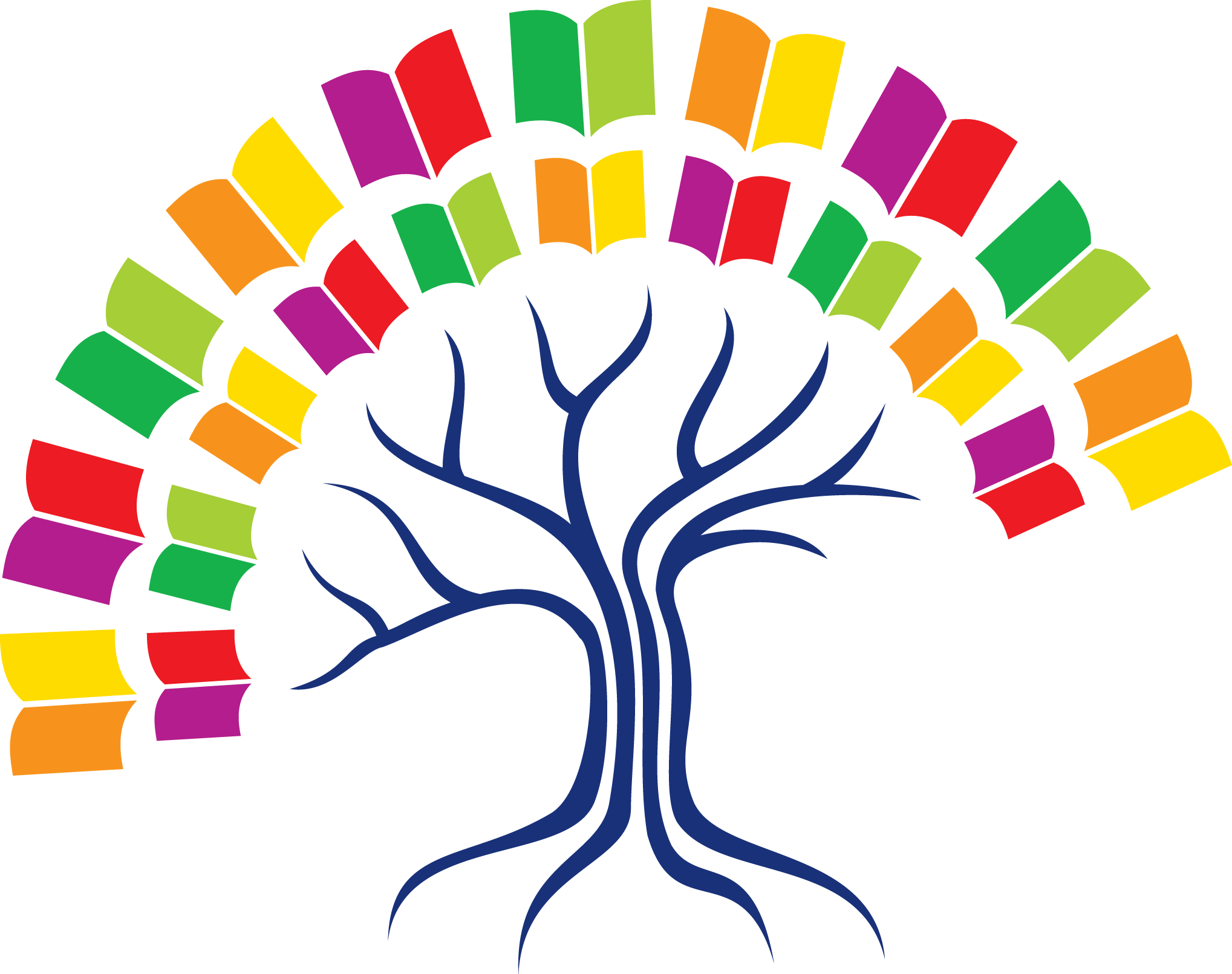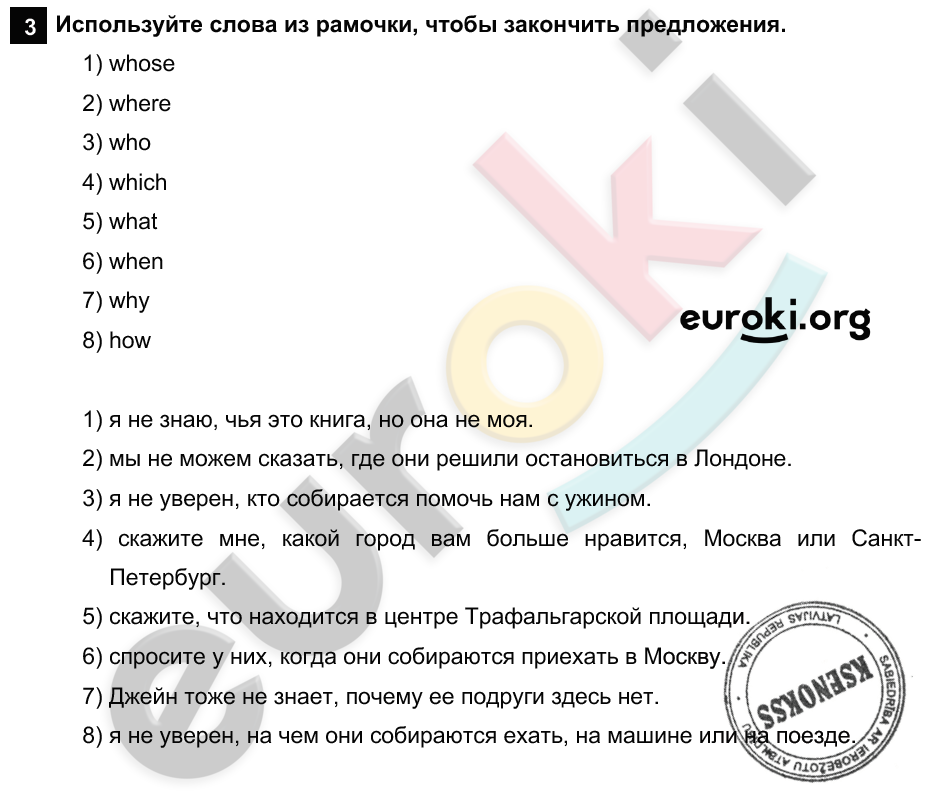Interesting facts[edit]
- In November 1995, Chechen terrorists planted, but did not detonate, a radiological dispersal device (commonly known as a dirty bomb) in Izmailovo Park. The bomb consisted of dynamite and caesium-137 removed from cancer treatment equipment. Reporters were tipped off about its location and it was defused.
- There is also a stand-up comedy show in Russian television with the same name (Izmaylovsky Park), starring Russian comedian Lion Izmailov. The name is based on a word play, where Izmaylovsky belongs both to the park (where people get together for recreation) and to the surname of the show host.
History of the park[edit]
In 1571-1585 the park was a country estate of a Muscovite boyar Zakharyin-Yuriev. After 1585, the ownership was passed to the Romanov family. Since 1663, it became the official countryside residence of tsar Aleksey Mikhailovich. The very same time the construction and redesign of the estate were initiated.
At first, a dam was constructed on Serebryanka river which resulted in formation of several ponds, namely Lebedyansky, Vinogradny and Serebryany. An artificial island was situated in the middle of the Serebryany pond. Later, the official tsar’s palace was built on that island that existed up until 1855. Christmas church was also built on the Serebryany Island in 1676, which became the cathedral in 1679. There were a lot of gardens with exotic plants and trees, cherished under personal supervision of the tsar. The household buildings also included greenhouses, mills, breweries and other facilities. The organization of the household was so efficient that it alone could fully satisfy the needs of the tsar’s court. One of the biggest zoos in Europe at that time could also be found in Izmaylovo manor.
Century old trees of the Izmaylovsky park
Unfortunately, after the death of Aleksey Mikhailovich the estates were abandoned and a lot of the buildings and facilities fell into decline. When he was a child, Peter the Great used the territory and the gardens for his war games; the remains of the redoubts he built are still partially preserved. He also constructed a Prosyansky (Zhukovski) dam on the Serebryanka river to form a pond, which was later used for the trial sails of the botik “St. Nicholas” that Peter the Great discovered in Izmaylovo.
In 1839, the mansion was used as a hospice and a house for the veterans of the war with Napoleon, as well as a shelter for the widows and a small school for their children. In 19th century a big effort was put into recovery and restoration of the forests and gardens on the territory of the future Izmaylovsky park that continued over the decades.
In 1930, Izmaylovo was given an official status of the park and in 1939 it was renamed after J.V. Stalin. It was one of the best parks in USSR, with a lot of facilities, including a theatre and a cinema. The park’s giant territory allowed for more objects to be installed, thus a pond was to be created in the middle of the park, and a zoo in the eastern part of it. A giant central stadium also named after Stalin was supposed to be the highlight of the park infrastructure and the biggest stadium in the country. The construction, although started, was haltered by the Second World War and never finished.
In 1944, an underground station “Izmaylovsky park” was built to allow good transportation links with the other parts of the city. In 1961 the park was renamed to Izmaylovsky park, falling in line with the general direction of the party against Stalin’s cult of personality. The underground station was renamed in 2005 into Partizanskaya.
Izmaylovsky forest[edit]
|
This section needs expansion. You can help by adding to it. (September 2015) |
Izmaylovsky forest has a territory of 1608.1 hectares. The forest has a big diversity of plant species, including those that are endangered and are monitored by the Preservation agencies (almost 50 species). Rarely observed in urban areas, the transitional bog of the forest has originated from growing of the sphagnum moss. There are more than 25 species of lichens and 75 species of moss. The major part of the forest consists of deciduous trees, such as linden tree, oak, birch, maple. The Eastern part of the forest is constituted mainly by pines and firs that are more than hundred years old and were planted in the middle of 19th century as a part of the forest restoration effort. In total, more than 500 species are presented within the biological diversity of the forest. Some flowering plants are also preserved: various species of lilies, including Turk’s cap lily, orchids, etc. Many species are registered medicinal plants and are listed in the Russian Pharmacopoeia (The State Pharmacopoeia of the Russian Federation), such as bistort Bistorta officinalis.
Vocabulary Bank 1 p. VB1
Natural disasters
Стихийные бедствия
Упражнение 1
1 Use the words to complete the jobs (1-18). — Используйте слова для выполнения заданий (1-18).
1 lightning bolt удар молнии
2 flooding наводнение
3 hurricane ураган
4 drought засуха
5 tropical storm тропический шторм
6 earthquake землетрясение
7 avalanche лавина
8 volcanic eruption извержение вулкана
9 hailstorm град
10 landslide оползень, обвал
Упражнение 2
2. Find the correct word. — Найдите правильное слово.
1 The avalanche victim stayed alive by creating an air pockket near his nose and mouth.
Жертва лавины осталась жива, создав воздушную яму возле носа и рта.
live — жить
2 The photographer got a perfect shot of the volcanic eruption.
Фотограф получил отличный снимок извержения вулкана.
shoot — снимать
3 After the flood warning, evacuating the local community became a matter of urgency.
После предупреждения о наводнении эвакуация местного населения стала неотложной задачей.
case — дело
4 Jon grabbed his camera and took a picture of the breathtaking sunrise.
Джон схватил свою камеру и сфотографировал захватывающий дух восход солнца.
caught — пойман
5 It’s important to take precautions when going ice-climbing.
Важно соблюдать меры предосторожности при ледолазании. make — делать
make — делать
6 The flood waters kept rising so we headed for higher ground.
Паводковые воды продолжали подниматься, поэтому мы отправились на возвышенность.
raising — поднятие
Упражнение 3
3. Complete with the correct preposition: from, in, on, under, to. — Дополните правильным предлогом: from, in, on, under, to.
1 After the earthquake, food supplies were in high demand.
После землетрясения запасы продовольствия пользовались большим спросом.
2 The news reporters were on the scene within minutes.
Репортёры новостей были на месте происшествия через несколько минут.
3 The trapped caver was suffering from exhaustion and dehydration.
Пойманный в ловушку спелеолог страдал от истощения и обезвоживания.
4 The homeless hurricane victims spent the first few days in temporary shelters.
Бездомные жертвы урагана провели первые несколько дней во временных убежищах.
5 There was a freak storm and hundreds of people were stranded on the island.
Был сильный шторм, и сотни людей застряли на острове.
6 It came to my attention that Joe was still shaking hours after the earthquake.
Моё внимание привлекло то, что Джо всё ещё трясло через несколько часов после землетрясения. 7 The woman was clinging to her rooftop, waiting for the rescue crew to arrive
7 The woman was clinging to her rooftop, waiting for the rescue crew to arrive.
Женщина держалась за крышу, ожидая прибытия спасателей.
8 The tornado destroyed everything that lay in its path.
Торнадо уничтожил всё, что лежало на его пути.
9 The area remains under threat of flooding.
Район остаётся под угрозой затопления.
Упражнение 4
4. What is the worst natural disaster you have read about? Where and when did it happen? What happened? Write a short paragraph about it. — О каком самом страшном стихийном бедствии вы читали? Где и когда оно произошло? Что произошло? Напишите об этом короткий абзац.
The worst natural disaster I have read about is the tsunami that hit Japan in March 2011. The largest earthquake in Japan’s history triggered the tsunami, which hit the east coast of Japan. A total of 15,500 people were killed and 210 billion dollars worth of damage was caused to property.
Самое страшное стихийное бедствие, о котором я читал, — это цунами, обрушившееся на Японию в марте 2011 года. Крупнейшее в истории Японии землетрясение вызвало цунами, которое обрушилось на восточное побережье Японии. В общей сложности погибло 15 500 человек, а материальный ущерб составил 210 миллиардов долларов.
← Предыдущее Следующее →
References[edit]
- ^ «Измайловский парк. История (in Russian)». Retrieved 4 September 2015.
- ^ «ООПТ Исторический парк Измайлово». Retrieved 4 September 2015.
- ^ «Измайловский природно-исторический парк в Измайлово — история». Retrieved 4 September 2015.
- ^ «Izmailovsky Park». Retrieved 4 September 2015.
- ^ «Official website. History of the park (in Russian)». Retrieved 4 September 2015.
- ^ «Official web page of the park in vkontakte». Retrieved 4 September 2015.
- ^ «Измайловский лесопарк (in Russian)». Дирекция природных территорий «Измайлово» и «Косинский» ГПБУ «Мосприрода». Retrieved 9 September 2015.
- ^ «Inadequate Control of World’s Radioactive Sources». 24 June 2002.
- ^ ««Измайловский парк» Большой юмористический концерт. (en Russian)». Russia-1 official website. Retrieved 9 September 2015.






























